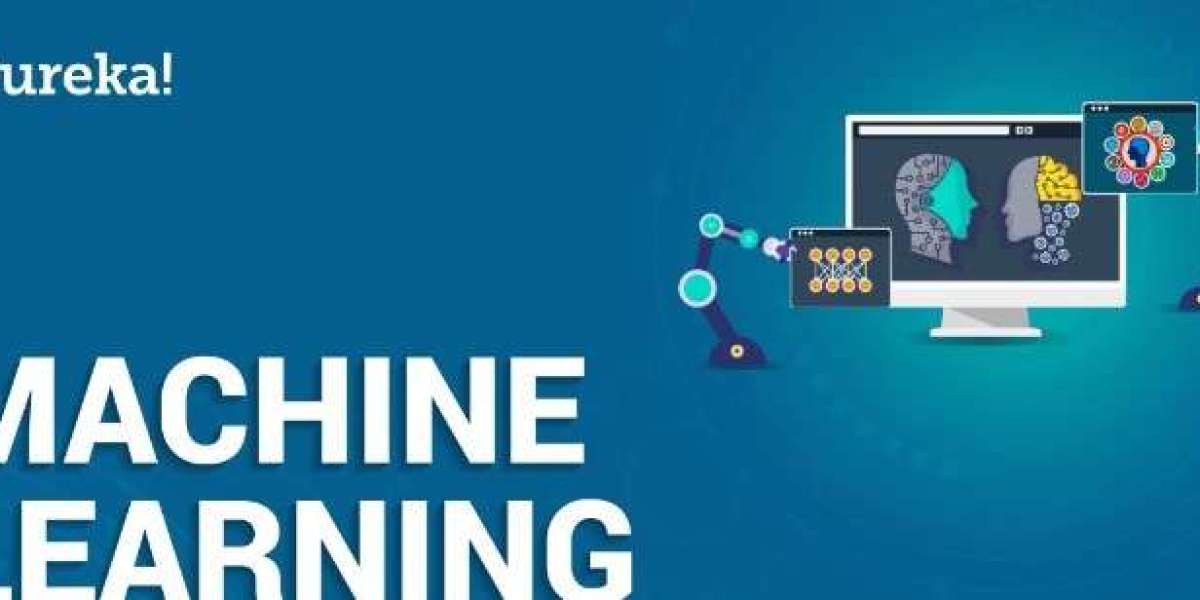Semi-supervised learning is a machine learning paradigm that falls between the two main categories of supervised and unsupervised learning. In a supervised learning setting, the algorithm is provided with a labeled dataset, where each data point is associated with a target or output value, and the algorithm's goal is to learn a mapping from input features to these target values. On the other hand, unsupervised learning deals with unlabeled data, aiming to discover hidden patterns or structures within the data without any predefined target values. Apart from it by obtaining a Machine Learning Training, you can advance your career in Machine Learning. With this course, you can demonstrate your expertise in designing and implementing a model building, creating AI and machine learning solutions, performing feature engineering, many more fundamental concepts, and many more.
Semi-supervised learning, as the name suggests, combines elements of both supervised and unsupervised learning. It typically begins with a small portion of the data being labeled, similar to a traditional supervised setting. These labeled data points provide the model with initial information about how to make predictions. However, the majority of the data remains unlabeled, and the model must generalize from the limited labeled examples to make predictions on the unlabeled data.
One common scenario in which semi-supervised learning is valuable is when labeling data can be costly, time-consuming, or impractical. For instance, in natural language processing, it's often more feasible to label a small subset of text documents, while there are vast amounts of unlabeled text data available. Semi-supervised learning methods can make efficient use of this situation by leveraging both the labeled and unlabeled data to improve predictive performance.
Semi-supervised learning algorithms employ various techniques to incorporate unlabeled data into the learning process. These techniques can include self-training, where the model makes predictions on unlabeled data and then uses the confident predictions as if they were labeled data. Another approach is co-training, where the model is divided into multiple views, and each view is trained on a different subset of features or data instances. The model iteratively refines its predictions on the unlabeled data, potentially leading to better generalization.
Whether you’re an aspiring tech enthusiast or a seasoned professional, these Top 10 trending technologies to learn in 2024 will open doors to a world of opportunities.
Overall, semi-supervised learning offers a practical and efficient way to harness the benefits of both labeled and unlabeled data, making it a valuable tool in machine learning when labeled data is scarce or expensive to obtain.



